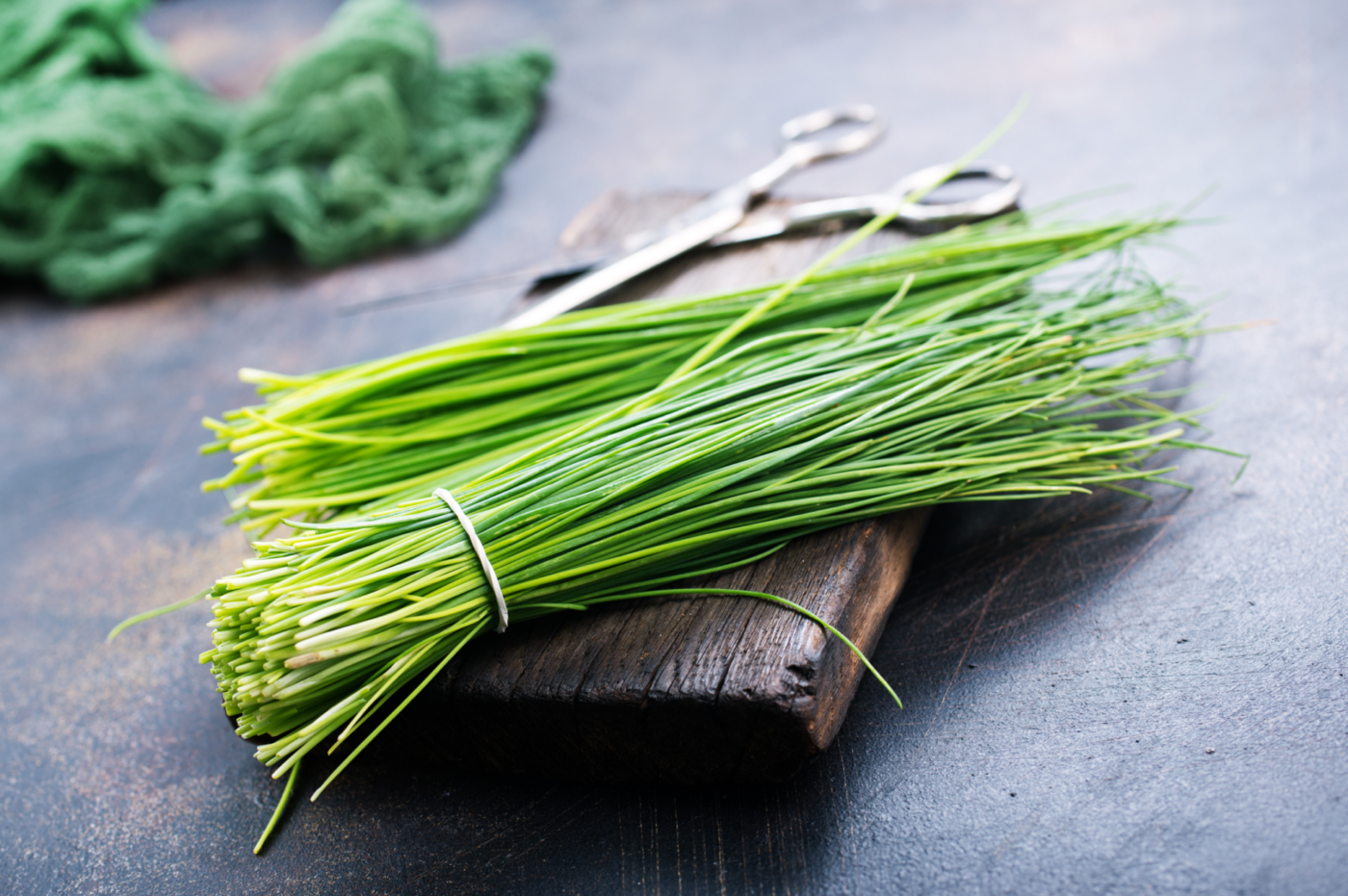Read More: Culinary History of Chives
Ancient Origins and Early Uses
The origins of chives (Allium schoenoprasum) are believed to lie in Siberia, Central Asia, and parts of Europe. Unlike some of their allium cousins, like onions and garlic, they don’t form a significant bulb; their culinary value lies in their hollow, grass-like leaves. Archaeological evidence suggests that chives have been used by humans for at least 5,000 years.
Early records indicate that chives were used more for medicinal purposes than culinary ones. The ancient Romans believed they could relieve pain from sunburns and sore throats, and they were also used as a diuretic. There’s even evidence suggesting that Roman travelers carried chives with them, perhaps for both medicinal and culinary uses.
In ancient China, chives were used not only as a food source but also as an antidote to poison and to stop bleeding. They were also a significant element in traditional Chinese medicine.
Medieval and Renaissance Europe: From Folklore to Flavor
During the Middle Ages in Europe, they were cultivated in gardens, but their primary use remained largely medicinal. They were also associated with folklore and superstition. Some believed that bunches of dried chives hung around the house could ward off evil spirits and disease.
The culinary use of chives began to gain more prominence during the Renaissance. As European cuisine evolved, and a greater emphasis was placed on flavor and presentation, they found their way into a wider variety of dishes. Their delicate onion flavor, without the harshness of some other alliums, made them a welcome addition to soups, stews, egg dishes, and salads.
18th and 19th Centuries: Culinary Refinement
By the 18th and 19th centuries, they were firmly established as a culinary herb in Europe and North America. Cookbooks of the era increasingly featured recipes that included chives, often as a garnish or a subtle flavoring agent. Their bright green color and delicate texture made them a visually appealing addition to dishes, contributing to the growing emphasis on presentation in fine dining.
The French, in particular, embraced chives as a key ingredient in their fines herbes, a classic blend of finely chopped herbs (typically chives, parsley, tarragon, and chervil) used to season omelets, salads, and other delicate dishes. This association with French cuisine further solidified chives’ reputation as a refined culinary herb.
Chives in the 20th and 21st Centuries: A Versatile Herb
The 20th century saw chives become a widely available and popular herb in home gardens and supermarkets. Their ease of cultivation, both indoors and outdoors, made them a favorite among home cooks. While often used as a garnish, chives’ versatility began to be more fully appreciated.
Today, chives are used in a wide range of culinary applications:
- Garnish: Their bright green color and delicate flavor make them a classic garnish for soups, salads, dips, baked potatoes, and countless other dishes.
- Seasoning: Finely chopped chives add a subtle onion flavor to omelets, scrambled eggs, quiches, and other egg dishes.
- Sauces and Dips: Chives are a common ingredient in cream cheese spreads, sour cream dips, and herb butters.
- Salads: They add a fresh, bright flavor to potato salads, green salads, and grain salads.
- Compound Butters: Mixed with softened butter, chives create a flavorful compound butter that can be used to top grilled meats, fish, or vegetables.
- Infused Oils and Vinegars: Chives can be used to infuse oils and vinegars, adding their delicate flavor to dressings and marinades.
- Baking: While less known, using chives in bread, and biscuit recipes have become more popular.
Cultivation and Varieties
Chives are remarkably easy to grow, thriving in both sunny and partially shaded locations. They prefer well-drained soil and regular watering. They can be grown from seed, but are more commonly propagated by dividing existing clumps.
While there is primarily one species of culinary chives (Allium schoenoprasum), there are a few variations:
- Fine-leaved Chives: The most common type, with slender, delicate leaves.
- Giant Chives: A larger variety with thicker leaves and a slightly stronger flavor.
- Garlic Chives (Allium tuberosum): While technically a different species, garlic chives are often grouped with regular chives. They have flat leaves and a distinct garlic flavor.
The Future of Chives
Chives’ future in the culinary world is bright. Their versatility, delicate flavor, and ease of cultivation ensure their continued popularity. As interest in fresh, locally sourced ingredients grows, chives, with their ability to thrive in home gardens and even on windowsills, are likely to remain a beloved herb for generations to come. From ancient medicinal remedy to modern culinary staple, the chive’s journey is a testament to the enduring power of simple ingredients and the subtle ways they can enhance our culinary experiences. The delicate allium, often underestimated, continues to add a touch of freshness and flavor to kitchens around the world.


Share
Click on the icons below to share "Title of the item to share"